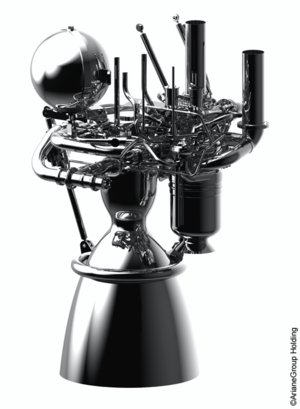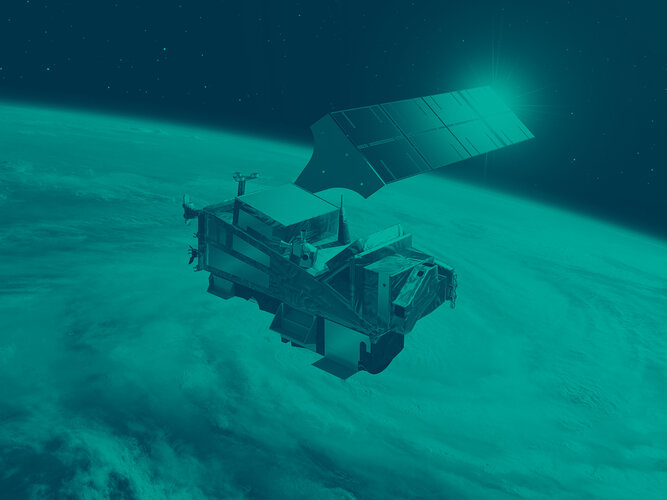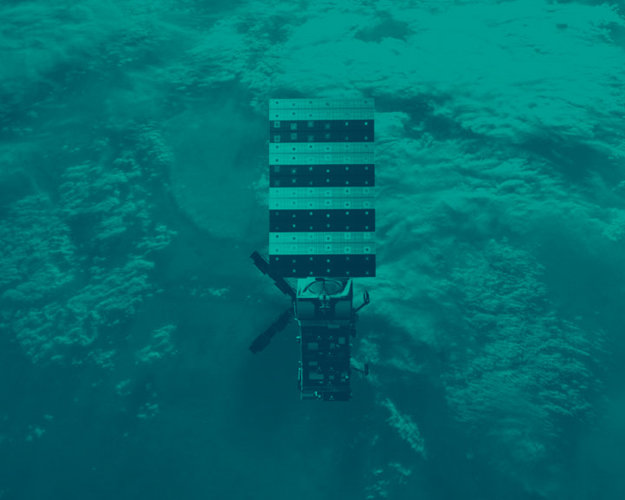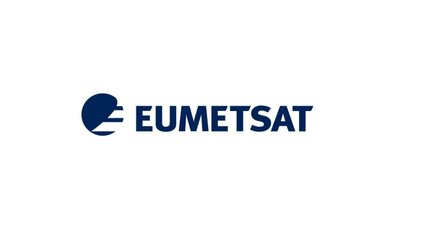MetOp-SG satellites
The MetOp-SG mission comprises three successive pairs of satellites, so six satellites in all. The number of instruments that were needed to achieve the mission’s ambitious requirements meant that it was impossible to board all of them on a single satellite. Therefore, eleven instruments are split between two satellite types, called A and B. An A-type and a B-type orbit Earth as a pair.
Each satellite is designed for an in-orbit lifespan of 7.5 years. To ensure data delivery for at least 21 years, new pairs will be launched approximately every seven years.
The satellites operate in a sun-synchronous, quasi-polar orbit at an altitude of approximately 832 km. Completing 14 orbits per day, each satellite can observe any location on Earth at least once daily, with more frequent observations near the poles. The polar regions are observed 14 times per day.

All satellites feature a wedge-type structure housing the essential service units, including the propellant tank, batteries, transmitters and computers.
The mechanical architecture follows a conventional design. A carbon fibre cone-cylinder structure bears the primary loads, while shear and closing panels – composed of aluminium honeycomb cores with carbon fibre skins – complete the structure and support all onboard units.
From an electrical perspective, the key innovation is the use of a Ka-band transmission system, driven by the high data rates generated by the instruments. A redundant, orientable 22 cm dish antenna ensures continuous radio contact with the receiving ground station.
Both satellite types are quite big, over 7 m high and more than 3 x 3 m at the base. In orbit, the solar array extends sideways more than 11 m. Each satellite weighs about 4000 kg at launch.
In their sun-synchronous orbit, one side of the satellite (the ‘left’, assuming flight orientation similar to an aircraft) remains exposed to sunlight, except during eclipse phases. To maximise energy generation, the large 24 m sq solar panel is mounted on this side, giving the satellite its characteristic asymmetric appearance, typical of many Earth observation satellites.
The opposite side (the ‘right’) is never in sunlight and, therefore, hosts the radiators and high-dissipation equipment, ensuring efficient thermal management.
In total, there are 11 instruments spread across the two satellite types: six on the A-type and five on the B-type. The radio occultation sounder is on both types of satellite.
MetOp-SG A-type

The MetOp-SG A-type satellites carry:
- Infrared Atmospheric Sounding Interferometer New Generation (IASI-NG) to provide profiles of temperature and humidity, and ozone and various trace gases.
- Microwave Sounder (MWS) to provide temperature and humidity profiles.
- Meteorological Imager (METimage) to provide information on clouds, land-surface properties, sea, ice and land-surface temperatures.
- Radio Occultation (RO) sounder to provide atmospheric temperature and humidity profiles, as well as information about the ionosphere.
- Multiviewing, Multichannel, Multipolarisation Imager (3MI) to provide information on atmospheric aerosols.
- Copernicus Sentinel-5, spectrometer to monitor various trace gases to support air-quality monitoring.
The optical instruments (IASI-NG, METimage, 3MI and Copernicus Sentinel-5) have, in particular, needed particular attention to cleanliness and straylight characterisation during development. To achieve the demanding cleanliness requirements, the A-satellites, when assembled in cleanroom, are in front of a 10 x 10 m laminar flow wall to guarantee ISO7 cleanliness, and all critical operation are executed by engineers wearing ISO5 garments. Soft transparent plastic bags further protect the instruments from dust, allowing operation and testing.
Sensitive cavities and components are continuously purged with nitrogen in the cleanroom. When outside the cleanroom, such as during vibration or electromagnetic compatibility testing, a protective enclosure, known as a yurt, is set up around the satellite, where clean air is circulated to maintain a contamination-free environment. To minimise the risk of light reflections, black multilayer insulation is used extensively.
All of the instruments, except the RO, are mounted on the underside of the satellite, facing nadir, to ensure an unobstructed view of Earth. They are positioned near the ‘right’ edge, as the optical instruments operating in the infrared spectrum require their detectors to be cooled to cryogenic temperatures. Since the right side of the satellite is never exposed to the Sun, it offers an ideal location for their radiators.
MetOp-SG B-type
The MetOp-SG B-type satellites carry:
- Scatterometer (SCA), to provide ocean-surface wind vectors and land-surface soil moisture.
- Radio Occultation (RO) sounder, to provide atmospheric temperature and humidity profiles, as well as information about the ionosphere.
- Microwave Imager (MWI) to monitor precipitation as well as to provide information on sea-ice extent.
- Ice Cloud Imager (ICI) to measure cloud-ice water path, properties and altitude.
- Advanced Data Collection System (ADCS) Argos-4, for the collection and transmission of observations and data from surface, buoy, ship, balloon and airborne data collection platforms.

The most prominent of these is the SCA, a C-band radar scatterometer with its typical three-point star-shaped antenna panels. It ensures continuity of the ASCAT instrument on the first generation of MetOp satellites, but with improved accuracy and range of wind measurements.
Two big conical scan radiometers (MWI and ICI), covering the 18–664 GHz bandwidth with 39 channels, are positioned on top of the satellite.
The MWI is a novel instrument to measure precipitation, which is key to identify soil saturated with water, thus can be used to identify areas that are at a high risk of landslides – a deadly natural hazard. The ICI is also novel and measures ice clouds, which contributes to climate change, and therefore needs to be better understood.
The B-type satellites also carry an RO instrument, identical to that on the A-type satellites.
The ADCS-Argos is not an instrument for Earth observation, but a radio instrument, dedicated to geo-location and tracking of small ground terminals such as those attached to wild animals, vehicles, or simply left floating in the sea to monitor currents.
Notably, the MetOp-SG satellites are the first ESA-developed satellites to perform a controlled re-entry at the end of their life. They are each fitted with an extra 400 N thruster and extra 450 kg of fuel, to perform a controlled deorbiting manoeuvre. When their mission is over, the satellite will be commanded to re-enter the atmosphere, self-destructing, in a wide uninhabited area over the South Pacific Ocean.















 Germany
Germany
 Austria
Austria
 Belgium
Belgium
 Denmark
Denmark
 Spain
Spain
 Estonia
Estonia
 Finland
Finland
 France
France
 Greece
Greece
 Hungary
Hungary
 Ireland
Ireland
 Italy
Italy
 Luxembourg
Luxembourg
 Norway
Norway
 The Netherlands
The Netherlands
 Poland
Poland
 Portugal
Portugal
 Czechia
Czechia
 Romania
Romania
 United Kingdom
United Kingdom
 Slovenia
Slovenia
 Sweden
Sweden
 Switzerland
Switzerland































